Scott Schuyler doesn’t need to see the Skagit River to know something is wrong. As he walks down the river’s steep embankment, wet rock and moss under each step, he can hear the problem. “The river should be singing to us right now, it should be free flowing,” Schuyler says as cold February rain drops silently disappear into his quilted blue jacket. The riverbed below him, once home to one of Washington’s greatest rivers, sits eerily quiet and nearly empty of water, even in the middle of the state’s famously wet winters.
As Schuyler explains it: “The river has been stolen from us. It has been harvested for money.”
Schuyler is a member of the Upper Skagit Indian tribe, which has lived along the Skagit River for at least 8,400 years and considers it to be sacred. A century ago, Seattle’s public utility dammed the river in three spots, creating a hydroelectric complex that provides 18% of the city’s energy. On this particular two-mile stretch near the Canadian border, the entire river has been diverted into a hydroelectric tunnel, reducing this wide riverbed to a stretch of sleepy pools.
The tribe wants Seattle to remove the Gorge Dam, the lowest of the three dams, and return the river to the section the city de-watered. The tribe says Seattle’s century of hydroelectric work on the Skagit has contributed to a sharp drop in river’s salmon runs, which has ripple effects across the region. The Skagit is the last American river outside of Alaska still home to all five species of wild salmon, although the fish stocks are dwindling: Two species are now listed under the Endangered Species Act and a nearby resident killer whale population, which depends on the Skagit River’s salmon for survival, is listed as endangered.
“Our people are a fishing people, a salmon people. The salmon are disappearing and it’s hurting our people,” Schuyler said. For thousands of years, the tribe has followed the river into the mountains to hunt for elk and sheep in the summer, and then fished as thousands of salmon migrated upstream in the summer and fall, providing a life-giving force to the tribe.
The city’s federal license to operate the dams expires in 2025, and in order to obtain a renewal, the city is required to work with various other stakeholders – including the federal and state agencies and the Upper Skagit Indian Tribe – to study the dam’s effect on the river.
But less than a year into the reapplication process, the city has found itself in disagreement with almost every stakeholder involved, including powerful state and federal agencies. Crucially, the city’s public utility, Seattle City Light (SCL), has denied the tribe’s request to study removing the Gorge Dam, and instead the city has asked the federal government for the right to draw more, not less power from the Skagit Dams.
The battle over the Skagit River and its dams is in some ways a proxy battle over the hidden expense of fighting climate change. On one side are governments and utility companies looking to hydropower as a lower-carbon source of energy; on the other are conservation-minded scientists and other stakeholders, often Indigenous people who live along targeted rivers, who decry dams as devastating to the local environments. In a wealthy, liberal city like Seattle, activists say the gap between the SCL’s $1.4bn budget and its seeming lack of imagination around protecting the environment is thrown into high contrast.
“We live in an era of social justice and that’s the mantra of the city of Seattle,” says Schuyler. “But what’s going on does not fit that mantra. It’s not social justice, we see cultural trauma.”
While the city of Seattle contends that they are the “greenest utility in the country” and prioritize fish safety over power production, scientists involved in the federal relicensing process agree with Schuyler and his tribe that the dams are damaging the river.
The National Marine Fisheries Service (NMFS), part of the National Oceanic and Atmospheric Administration (Noaa), says the dams are partially to blame for the decline of the Skagit River’s salmon and the orcas that visit Puget Sound, which the river drains into, every year. In a letter to the federal energy regulator, the NMFS also stated that the dam’s current operations are “not adequate to support survival and recovery of” orcas and endangered salmon species.
Salmon are a migratory family of fish that are born in rivers but then swim to the open ocean where they spend most of their lives, before migrating back upstream to reproduce. It’s nearly impossible to precisely measure how Seattle’s dams have impacted the Skagit’s fish because dam construction started in 1919, well before scientists had a chance to measure the river’s pre-dam health.
But fish stocks have clearly declined. The NMFS estimates that in the 19th century, nearly a million steelhead returned annually to the Puget Sound. This winter the Skagit River, which is Puget Sound’s largest river, had less than 4,000 steelhead migrate up the Skagit to spawn; Schuyler said his tribe’s allotment was only 75 individual fish.
The de-watered riverbed stands in sharp contrast with the region’s famously wet winters. Snow-capped peaks dot the horizon as Schuyler drives deeper into the mountains of the North Cascade national park. These peaks are one of the snowiest places on earth and the Skagit drains the most heavily glaciated American mountains outside of Alaska – yet the de-watered riverbed below the highway is barely large enough to be called a creek.
The Federal Energy Regulatory Commission (FERC), which is responsible for regulating the county’s utility companies, is unlikely to force the city to remove any of its dams. But Schuyler said he hopes the relicensing process will expose the hydroelectric project’s environmental harm and that the residents of Seattle could then decide to remove the Gorge Dam. Because SCL is a public utility, the residents of Seattle are the legal owners of the Skagit’s dams.
There are signs that the relicensing process is raising awareness.
In January, the fisheries service wrote a letter to FERC claiming the city’s public utility was disputing “foundational scientific information” needed to inform the relicensing process. The Board of Commissioners for Skagit county wrote an open letter criticizing the Seattle utility, calling “the status quo” on the Skagit River, “unacceptable”.
Even more troubling for the city, a scientist at the state’s department of ecology threatened in February to withhold a water quality certificate required to operate the dams because the utility has repeatedly denied the department’s study requests. Jim Pacheco, a scientist at the department, described the utility’s latest rationale for denying a requested study as “laughable” and warned that not receiving the certificate would have “disastrous consequences” for SCL.
Andrew Bearlin, the utility’s Skagit license manager, said in an interview with the Guardian that SCL does not have fundamental scientific disagreements with the other scientific agencies.
“We don’t disagree on the fundamentals of the science, I would say we struggle sometimes to have the space to understand each other’s perspective on that science,” Bearlin said.
One scientific dispute at the heart of the relicensing process is whether wild fish have ever migrated upstream past the location of the city’s dams. The utility has claimed that natural barriers, including large boulders, have historically blocked almost all fish from migrating upstream before they can get to the Gorge Dam, meaning the dams have a “limited effect” on migrating salmon. But the fisheries service said in an October regulatory letter to FERC that the utility “has not cited actual data” identifying natural barriers to fish passage. The service also said that observers have seen salmon swimming at the base of the 300-foot Gorge Dam, suggesting that “no such barrier exists”.
The utility has long claimed in marketing materials that “all three of the dams are upstream of a natural barrier to fish passage” and that their dams “do not interfere with wild salmon migrations and spawning”. But in January, SCL removed any reference to natural barriers just as the FERC relicensing process was growing increasingly contentious. A spokesperson for SCL said the removal was part of a long-planned website overhaul and not related to the FERC relicensing.
After initially rejecting a fish passage study in March 2020, the city reversed course in December 2020 and agreed to study fish passage past the dams. Chris Townsend, SCL’s director of hydroelectric licensing, told the Guardian that SCL was always planning on including the study.
The city has continued to refuse the tribe’s request to study removal of the Gorge Dam because it is a “key piece of a green energy future”, according to Tom DeBoer, SCL’s chief environmental officer.
“It doesn’t make sense, in this era of moving to 100% clean energy, to be taking out these carbon-free resources that are critical to integrating wind and solar,” DeBoer said.
Schuyler said the city could continue drawing electricity from the upper two dams even if the Gorge Dam came down, and vowed to continue putting pressure on the city to rigorously study the river. He said he hopes these scientific studies will convince Seattle’s residents that their dams are far from harmless.
“We’ve lived here for 10,000 years,” he says. “We’ve protected and fought for the Skagit, and that’s continuing to this day.”










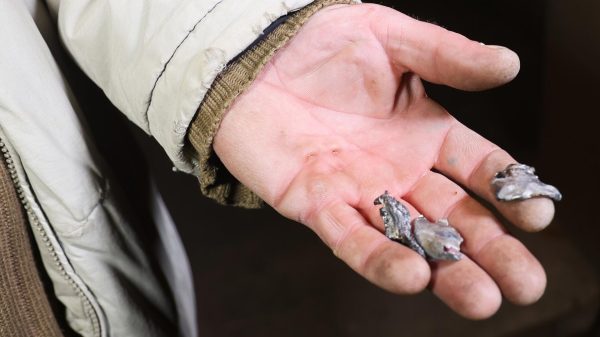


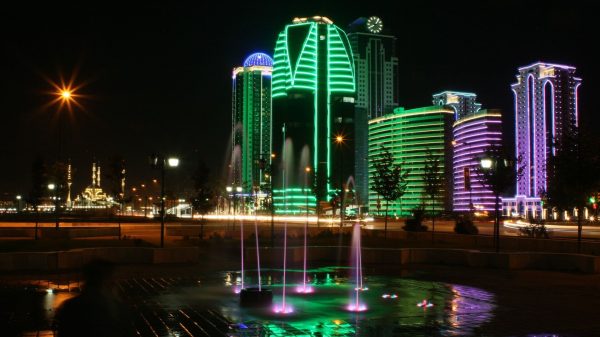




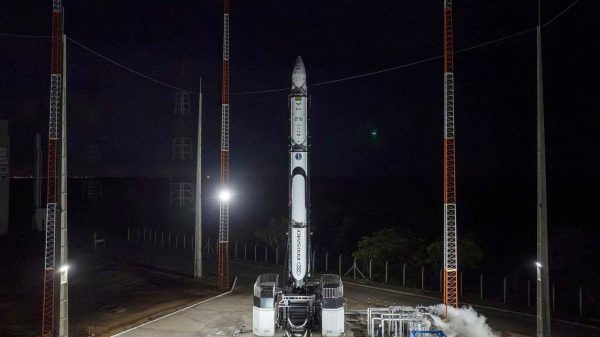
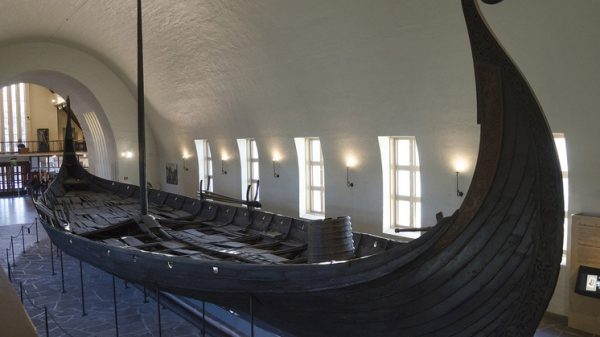

















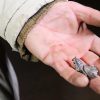
















Свежие комментарии